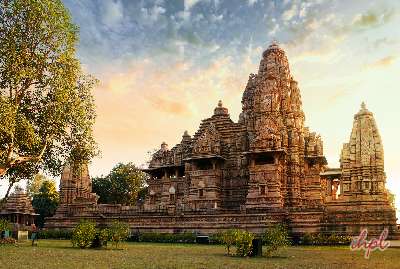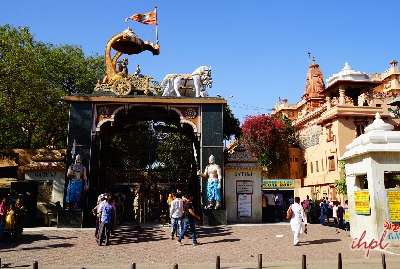Home to perhaps some of the finest examples of architecture in the world, Agra is a historian's paradise. Some of the treasures of architecture that grace the city include the Taj Mahal, Agra Fort and Itimad-ud-Daulah's Tomb. The Tomb of Itimad Ud Daulah was constructed by the Mughal queen Nur Jahan between 1622 and 1628 where her father Itimad Ud Daulah was buried. Itimad Ud Daulah or Mirza Ghiyas-ud-din or Ghiyas Beg was the father of Nur Jahan, the Mughal empress and wife of Jahangir. He was later also made a minister and a trusted treasurer in Akbar's court. It was as a tribute to him, that Nur Jahan built the mausoleum after his death.
Location
Located on the western bank of the Yamuna River, near the Yamuna Bridge Railway Station, the Tomb or mausoleum of Itimad-ud-Daulah is one of the best examples of the perfect blend of Mughal and local architecture. Well-connected to the other cities of the region, Agra can be easily reached from nearby cities like:
- Khajuraho
- Varanasi
- Delhi
Architecture
The tomb itself is one of the best examples of architecture of the region. Said to be one of the most important influences behind the architecture of the Taj Mahal, the Tomb of Itimad Ud Daulah is one of the finest examples of a specific genre of mausoleum architecture called a Tomb in a Garden. The construction is such that the tomb resembles a jewel-box set in the midst of a garden. Tranquil and lush green, the garden where the tomb is constructed is set on the banks of the river Yamuna. Famous for being the first tomb in the entirety of India to be built entirely of white marble, the Tomb of Itimad Ud Daulah is a must see for all visitors visiting the historic city of Agra. A perfect example of Islamic architecture, the tomb is characterized by arched entrances, octagonal shaped towers or minarets, use of exquisitely carved floral patterns, intricate marble-screen work and inlay work. However, added to this is the influence of the locality that manifests itself in the absence of a dome and the presence of a closed kiosk on top of this building as well as the use of chhatris (small domed canopies, supported by pillars) atop the four towers (minarets) instead of proper domes, which is more reflective of the Islamic style of architecture.
















